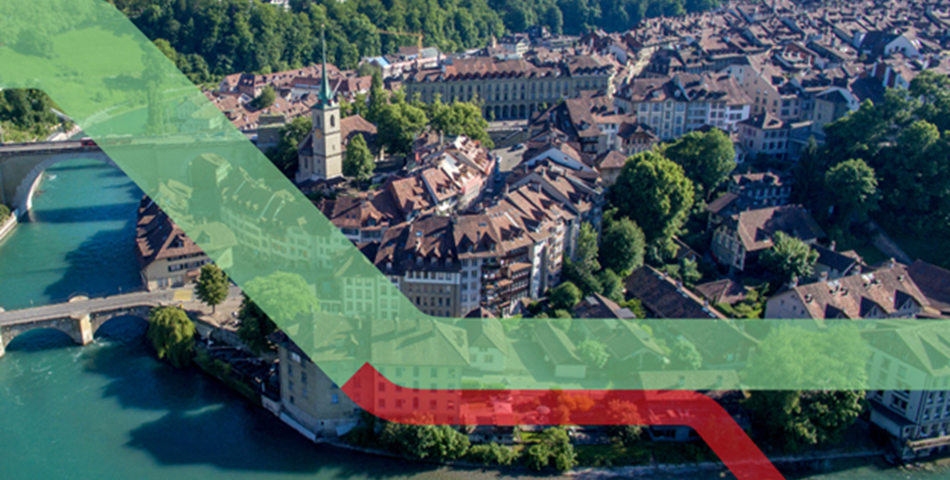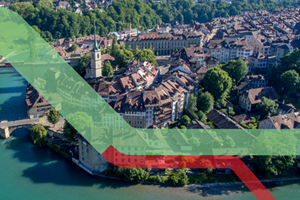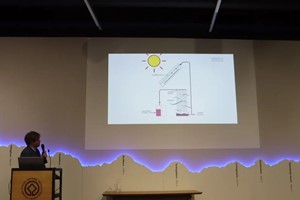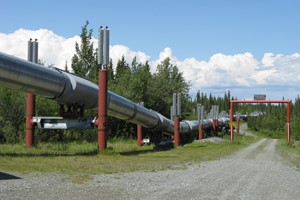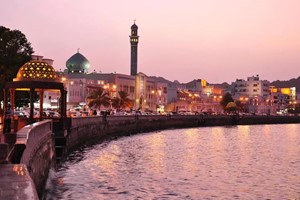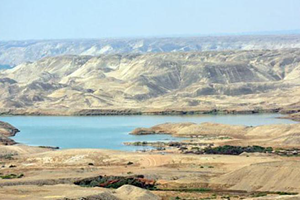The UN Water Conference will be held in New York from 22 -24 March 2023. In addition to Federal Councillor Ignazio Cassis, Eawag researchers will also be present. Together with partners, the conference presents a commitment that contributes to the 2030 Water Action Plan. It will also illustrate with projects how research approaches can be directly applied in practice through multilateral cooperation. One of these approaches is the Water Flow Diagram (WFD), which was developed under the lead of Eawag.
In collaboration with partners, Eawag researchers have developed the WFD - a visualisation tool for identifying relevant water problems in a city. By illustrating all water flows in a holistic WFD, both the whole water system and the individual water flows can be better analysed and controlled. Specifically, the diagram present various relevant information in an intuitive way that should be understandable to all stakeholders. The diagram is designed so that the width of a water flow is proportional to its quantity. In addition, the specific processes along the water usage chain (water source, drinking water treatment, transport, use, wastewater treatment, drainage/losses and accumulation/reuse) are indicated throughout the system. This means that it becomes immediately apparent what is happening to the water flow. Another feature is a colour code. It provides information on how to assess the handling of a water flow. Green indicates good practice, while red indicates poor practice. Consequently, for example, a water flow that is contaminated with pollutants and flows unfiltered back into the groundwater is coloured red and judged to be a problematic practice.
Towards urban water management with the WFD
Thanks to the visual representation of all water flows in an integrated diagram and the strong breakdown to the essential information, challenges on the one hand, but opportunities on the other hand, can also be identified. The WFD thus offers a scientifically sound but at the same time practical tool that decision-makers can use to quickly analyse a water system and make possible adjustments. Furthermore, the approach is not only a visualisation tool but also a communication instrument between science, practice and politics. As all stakeholders are on the same footing, the WFD facilitates and promotes discussions in the water management sector. In addition, cities become more comparable with each other, as various practical examples show.
By Manuel Koller, Andri Bryner



